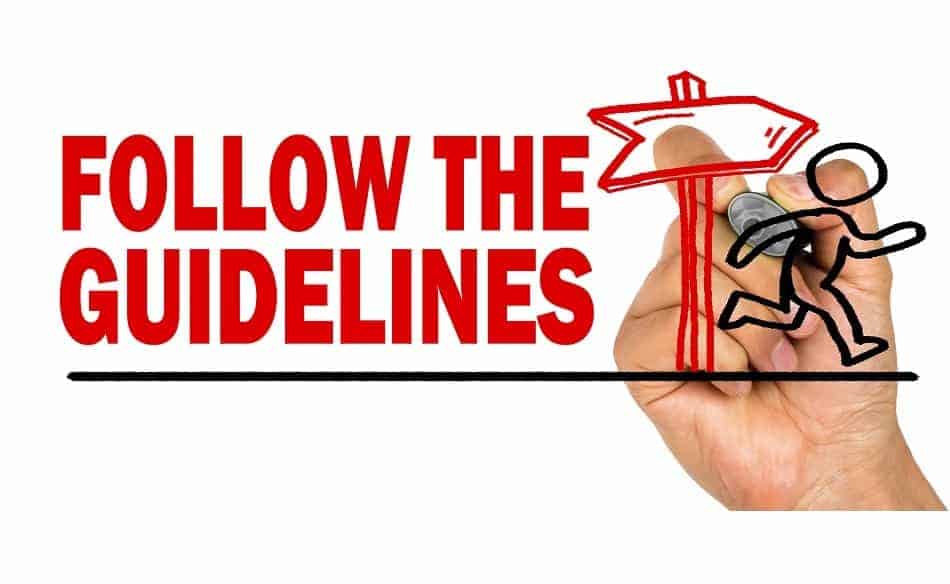Author Guidelines and Instructions for Journal Papers
It is always essential when you are planning to submit a scientific research paper for publication to consult the guidelines of each journal you are considering. These guidelines provide various kinds of information for authors who are hoping to publish their writing. A journal’s guidelines about the nature and assignment of authorship for scientific papers and its instructions for preparing and submitting a scientific research manuscript are extremely important. They might appear together on a webpage dedicated to instructions for authors or they might be scattered across several pages of a journal’s website, but they must always be discovered, understood and observed with care in order to produce a paper that will meet the scientific, ethical and editorial standards of a reputable journal and be seriously considered for publication.
Although the guidelines scientific journals provide for authors might vary considerably in some details, there are certain general principles that remain constant among legitimate peer-reviewed journals. The guidelines regarding the research and writing activities that constitute authorship are among these constants, with many scientific journals observing the recommendations of the International Committee of Medical Journal Editors (ICMJE) on authorship, though some journals are now experimenting with different terminology such as ‘contributorship’ and ‘guarantorship’ for different levels of authorial contribution and responsibility. In brief, an author is usually defined as a researcher who contributed to the conception and design of the study, to the production, analysis and interpretation of results, and to the intellectual and mechanical composition and revision of the paper reporting the research. That person should also approve the content of the final manuscript, or at least the part of it for which he or she is directly responsible.
If you conducted your research alone and wrote the paper by yourself, defining authorship is simple, but scientific research projects and papers often require contributions from many individuals, so the assignment of authorship can be difficult. The journal’s authorship guidelines, the ICMJE recommendations and any other relevant and reliable instructions (those in a style manual suggested by the journal, for instance) should be closely studied to determine who should be granted authorship status and who should be noted as contributors in the acknowledgements. Authors are accountable for the work they publish, and at least one author should usually stand as guarantor of the paper and the scientific research as a whole. One author will also need to act as the corresponding author who is responsible for communicating with the journal and editor throughout the submission, peer review and publication process. Practices that involve assigning authorship to people who have tenuous connections to the research and did not contribute in meaningful ways are considered misconduct by reputable scientific journals, and ghost writers should always be acknowledged for their contributions and their affiliations should be clearly disclosed.
A journal’s instructions for preparing the manuscript of a scientific study for submission may seem more straightforward and less important than the fair and ethical assignment of authorship in some situations, yet these instructions can be tricky to follow with precision and consistency. Errors tend to be immediately visible, particular to journal staff and editors who watch for them every day, so neglecting stylistic and documentation guidelines can result in an instantaneous desk rejection. As you consult the instructions, watch particularly for the style of references required, the length, structure and system of headings for the type of paper you are submitting, the preferred version of formal English (British or American), and the design requirements and file types for tables, figures and supplementary material. Put any examples provided in the instructions to good use and examine the journal’s published papers for additional models. Finally, make sure that you submit your scientific paper exactly as the submission guidelines indicate, providing all the information in the formats and files required, and do not forget to include a thoughtful cover letter to the editor explaining why the journal’s readers will find your research interesting and valuable.
You might be interested in Services offered by Proof-Reading-Service.com
Journal Editing
Journal article editing services
PhD Thesis Editing
PhD thesis editing services
Expert Editing
Expert editing for all papers
Medical Editing
Medical Editing Services
Research Editing
Research paper editing services
Book Editing
Professional book editing services

















